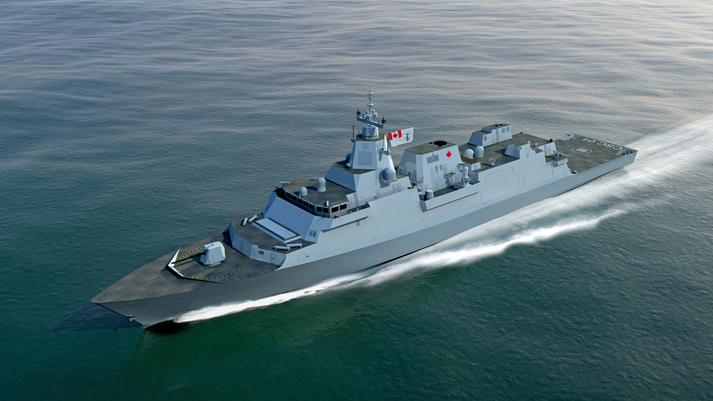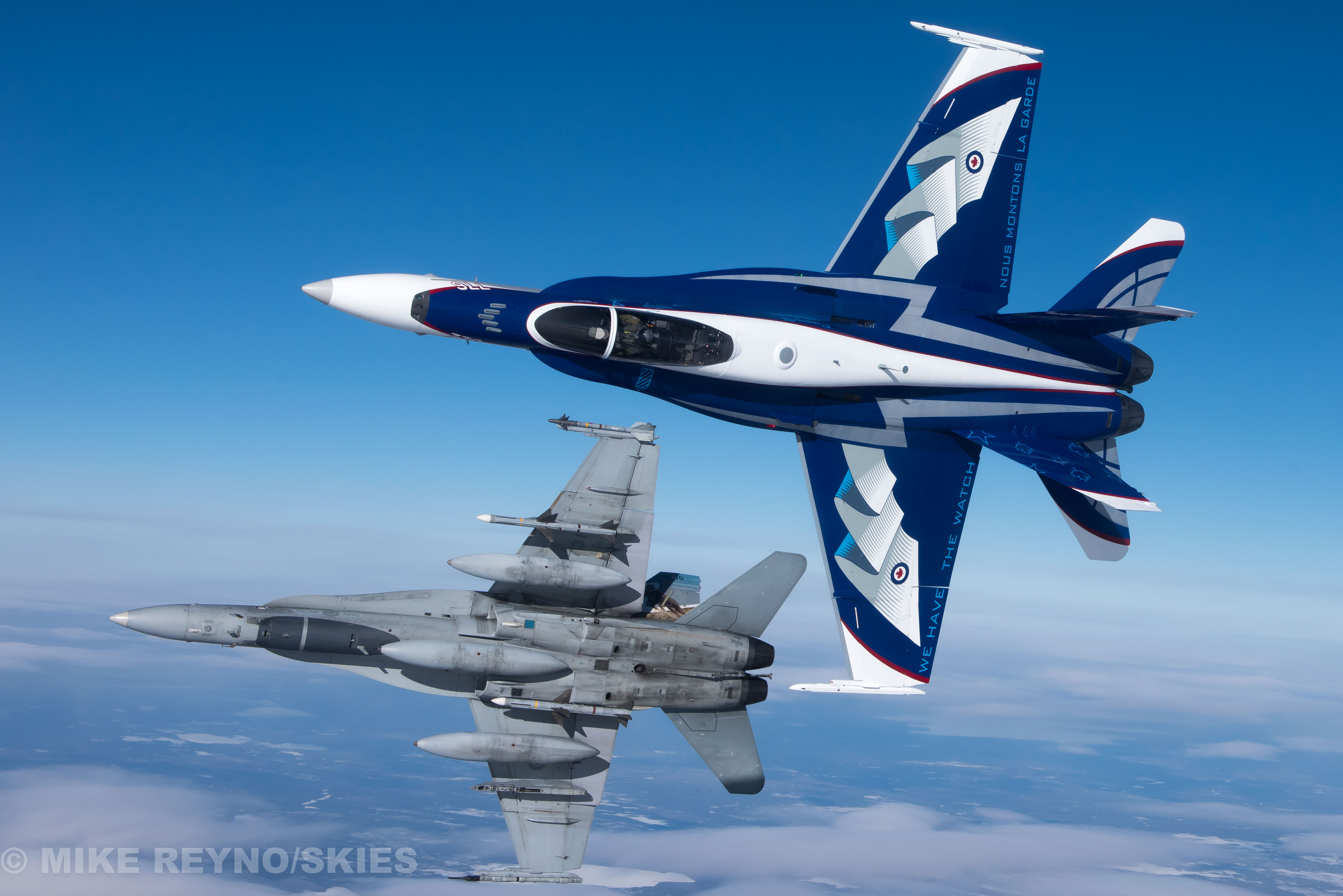Here is the top 15:
1. United States
2. China
3. Saudi Arabia
4. Russia
5. India
6. France
7. United Kingdom
8. Japan
9. Germany
10. South Korea
11. Brazil
12. Italy
13. Australia
14. Canada
15. Turkey
Here is more from the Stockholm International Peace Research Institute:
Total world military expenditure rose to $1739 billion in 2017, a marginal increase of 1.1 per cent in real terms from 2016, according to new figures from the Stockholm International Peace Research Institute (SIPRI). China’s military expenditure rose again in 2017, continuing an upward trend in spending that has lasted for more than two decades.
Russia’s military spending fell for the first time since 1998, while spending by the United States remained constant for the second successive year. The comprehensive annual update of the SIPRI Military Expenditure Database is accessible at www.sipri.org.
‘Continuing high world military expenditure is a cause for serious concern,’ said Ambassador Jan Eliasson, Chair of the SIPRI Governing Board. ‘It undermines the search for peaceful solutions to conflicts around the world.’
After 13 consecutive years of increases from 1999 to 2011 and relatively unchanged spending from 2012 to 2016, total global military expenditure rose again in 2017.* Military spending in 2017 represented 2.2 per cent of global gross domestic product (GDP) or $230 per person. ‘The increases in world military expenditure in recent years have been largely due to the substantial growth in spending by countries in Asia and Oceania and the Middle East, such as China, India and Saudi Arabia,’ said Dr Nan Tian, Researcher with the SIPRI Arms and Military Expenditure (AMEX) programme. ‘At the global level, the weight of military spending is clearly shifting away from the Euro–Atlantic region.’
China leads continued spending increase in Asia and Oceania
Military expenditure in Asia and Oceania rose for the 29th successive year. China, the second largest spender globally, increased its military spending by 5.6 per cent to $228 billion in 2017. China’s spending as a share of world military expenditure has risen from 5.8 per cent in 2008 to 13 per cent in 2017. India spent $63.9 billion on its military in 2017, an increase of 5.5 per cent compared with 2016, while South Korea’s spending, at $39.2 billion, rose by 1.7 per cent between 2016 and 2017. ‘Tensions between China and many of its neighbours continue to drive the growth in military spending in Asia,’ said Siemon Wezeman, Senior Researcher with the SIPRI AMEX programme.
Spending falls sharply in Russia, but rises in Central and Western Europe
At $66.3 billion, Russia’s military spending in 2017 was 20 per cent lower than in 2016, the first annual decrease since 1998. ‘Military modernization remains a priority in Russia, but the military budget has been restricted by economic problems that the country has experienced since 2014,’ said Siemon Wezeman.
Driven, in part, by the perception of a growing threat from Russia, military spending in both Central and Western Europe increased in 2017, by 12 and 1.7 per cent, respectively. Many European states are members of the North Atlantic Treaty Organization (NATO) and, within that framework, have agreed to increase their military spending. Total military spending by all 29 NATO members was $900 billion in 2017, accounting for 52 per cent of world spending.
Higher spending by Saudi Arabia drives increase in the Middle East
Military expenditure in the Middle East rose by 6.2 per cent in 2017.** Spending by Saudi Arabia increased by 9.2 per cent in 2017 following a fall in 2016. With spending of $69.4 billion, Saudi Arabia had the third highest military expenditure in the world in 2017. Iran (19 per cent) and Iraq (22 per cent) also recorded significant increases in military spending in 2017. ‘Despite low oil prices, armed conflict and rivalries throughout the Middle East are driving the rise in military spending in the region,’ said Pieter Wezeman, Senior Researcher with the SIPRI AMEX programme. In 2017 military expenditure as a share of GDP (known as the ‘military burden’) was highest in the Middle East, at 5.2 per cent. No other region in the world allocated more than 1.8 per cent of GDP to military spending.
US spending no longer in decline
The United States continues to have the highest military expenditure in the world. In 2017 the USA spent more on its military than the next seven highest-spending countries combined. At $610 billion, US military spending was unchanged between 2016 and 2017. ‘The downward trend in US military spending that started in 2010 has come to an end,’ said Dr Aude Fleurant, Director of the SIPRI AMEX programme. ‘US military spending in 2018 is set to rise significantly to support increases in military personnel and the modernization of conventional and nuclear weapons.’
Other notable developments
China made the largest absolute increase in spending ($12 billion) in 2017 (in constant 2016 prices), while Russia made the largest decrease (–$13.9 billion).
Military expenditure in South America rose by 4.1 per cent in 2017, mainly as a result of notable increases by the two largest spenders in the subregion: Argentina (up by 15 per cent) and Brazil (up by 6.3 per cent).
Military spending in Central America and the Caribbean fell by 6.6 per cent in 2017, largely due to lower spending by Mexico (down by 8.1 per cent from 2016).
Military expenditure in Africa decreased by 0.5 per cent in 2017, the third consecutive annual decrease since the peak in spending in 2014. Algeria’s military spending fell for the first time in over a decade (down by 5.2 per cent from 2016).
Seven of the 10 countries with the highest military burden are in the Middle East: Oman (12 per cent of GDP), Saudi Arabia (10 per cent of GDP), Kuwait (5.8 per cent of GDP), Jordan (4.8 per cent of GDP), Israel (4.7 per cent of GDP), Lebanon (4.5 per cent of GDP) and Bahrain (4.1 per cent of GDP).
* Unless otherwise stated, all figures for spending in 2017 are given in 2017 current US dollars. All percentage changes are expressed in real terms (constant 2016 prices).

